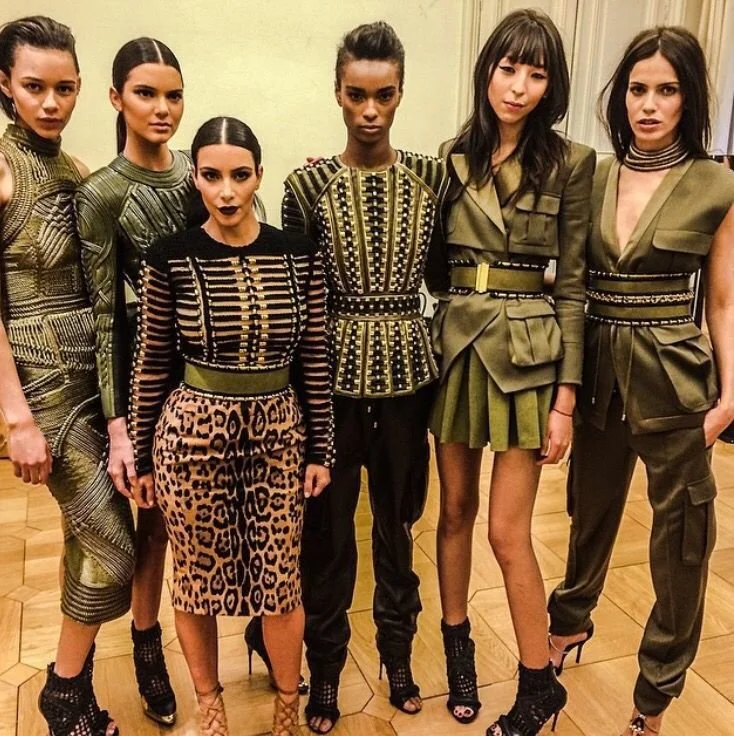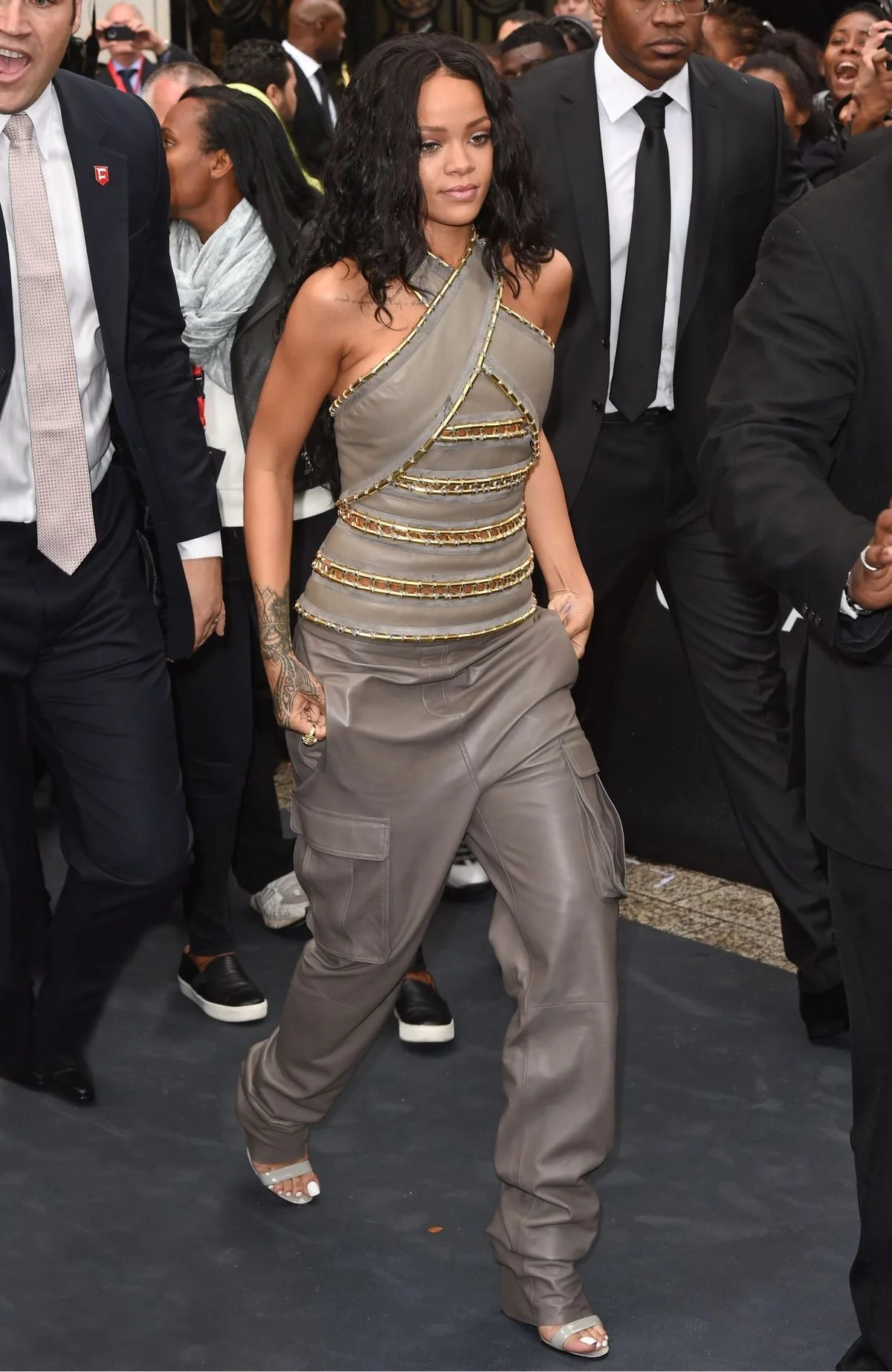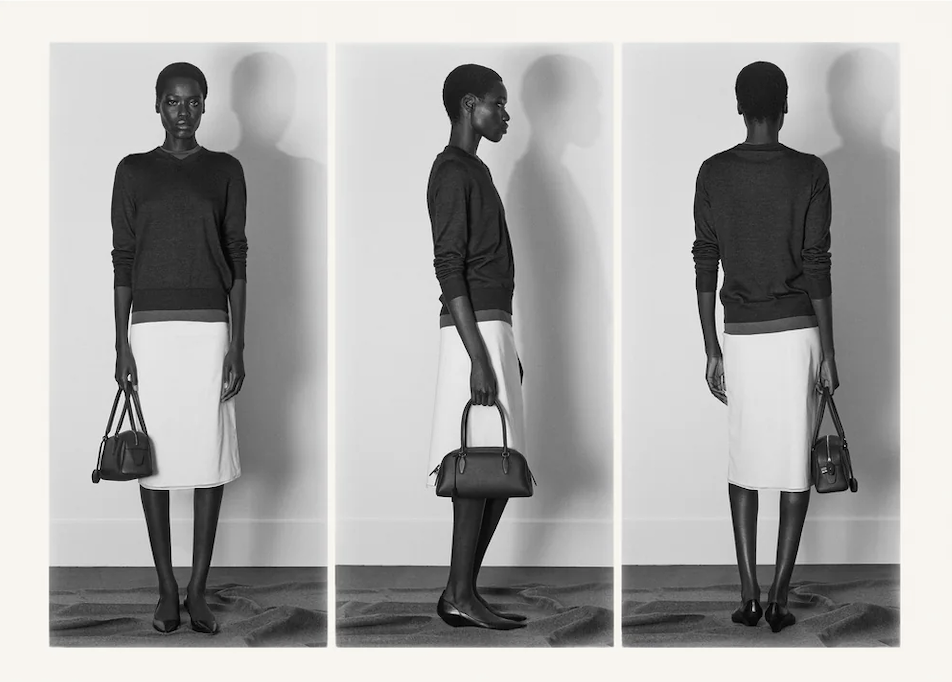The Age of Pragmatism: How Fashion Mirrors Our Collective Mood
As the world gets louder and busier, fashion chooses quietness, finesse, and softness
Fashion as a social mirror
Fashion lives within us; it is absorbed in the cultural, economic and emotional climates. Every major social/economic moment births a new wave in fashion as a visceral testimonial. After WWII, Mr.Dior wanted to pour femininity back on women’s silhouettes .
In the 1960s, we had the Mondrian dress by YSL as a visual echo of the social movements.
Photo Credit: Philippe WojazerThe SS26 PFW showcased a lot of premieres in terms of leading creative minds in the most important houses in fashion, and one thing stood out: pragmatism!
The silhouettes were very demure, wearable, and bankable!
That disappointed a lot of fashionistas, but in this lifetime, it makes a lot of sense: As discretionary spending shrinks, fashion houses are forced to adapt their strategy accordingly and this season it shows.But is simplicity a bad thing, or “winter is coming”?
To understand today’s collection, we must read silhouettes not only as styles but also as social symptoms.
Realism as a symptom
A closer look at SS26 silhouettes reveals: simple cuts, long skirts, vintage-inspired dresses, suits, practical bags; office-ready looks. Silhouettes that whispered caution.
It reflects the general ambiance: we are far from the glorious ’30s, marked by instability.
The “spectacle fashion” on social media is being put aside in favor of minimalist ready-to-wear outfits showcased by everyday women vlogging their day to the office. More grounded, more relatable.
Balmain Army | Photo Credit- Pinterest
Olivier Rousteing on Rihanna, Kim Kardashian and the Balmain army | Photo Credit- Pinterest
It recalls Helmut Lang’s SS08 collection: monochromatic looks, straight/simple cuts, almost mimicking nurse blouses, ready to heal the economy post-subprimes crisis.
And today’s market is echoing the same: the most successful brands nowadays are the ones that aligned themselves to the “quiet luxury” aesthetic, also known as “if you know you know.”
Brands like Loewe or Phoebe Philo, dedicated to creating wardrobes that suit everyday life, like an armour in cashmere.
From escapism to function
When the economy thrives, people express their uniqueness more freely: they are not afraid that it may interfere with their ambition or dreams.
When challenged, as a human mechanism, people tend toward familiarity, comfort and conformism : the little black dress, the white shirt, the leather shoes.
Consumerism follows: with a downgrade in fashion purchases to which the fashion system aligns major Chinese retailers planned to extend their sale’s this year in order to push consumerism, in this very same tempo, you have the continuous rise of cosmetics brands by luxury fashion houses that are surfing on the lipstick effect to boost their sales.
Pat McGrath at Louis Vuitton Beauty | Photo Credit: Louis Vuitton
As mentioned earlier about the shift from spectacle to realism on social media, we are witnessing the rise of relatability: stay-at-home moms, 9-to-5 girlies, DIYers getting audiences by showcasing their daily life.
Additionally, wellness is now a priority for millennials and Gen Z, who put their mental and physical well being first: they are much more intentional in their purchases and are looking for goods that work beyond the screen.
Fashion as an emotion barometer
Simplicity might not be a sign of fear or resignation but a collective tendency toward calm, order and meaning: a stylistic safety net during very uncertain times. Perhaps simplicity is a blank page that leaves space for fantasy to get back when the time fits, until then the world dresses to endure sketchy times.














